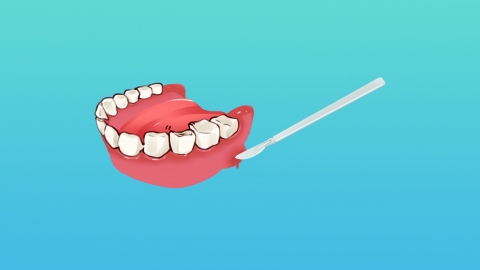Can a tooth with a cavity be extracted for pain relief?
When experiencing toothache caused by dental caries (cavities), extraction is generally not recommended if the tooth damage is mild and the root is stable. However, if the tooth is severely decayed and cannot be preserved, extraction may be necessary. If any abnormalities occur in the teeth, it is advisable to seek timely medical evaluation at a hospital and follow the doctor's instructions for appropriate treatment.

When dental caries only affect the enamel or shallow dentin, causing pain in response to cold or hot stimuli but without spontaneous pain, and when there is no significant root resorption and the periodontal condition is healthy, tooth extraction is unnecessary. The dentist will remove the decayed tissue and fill the cavity with restorative material to restore the tooth’s shape and function. After treatment, the tooth can normally perform chewing functions, avoiding complications such as gaps in the dental arch or tilting of adjacent teeth that may result from extraction.
If the decay has reached the pulp, causing acute pulpitis or apical periodontitis—accompanied by severe spontaneous pain, pain upon biting, or even tooth mobility—extraction may still be avoided if the tooth root remains salvageable. In such cases, root canal treatment can be performed first to remove infected tissues, followed by crown restoration.
Extraction is only indicated when the tooth is severely decayed, most of the tooth structure is lost, the root has undergone severe resorption or infection that cannot be controlled, and functional recovery is impossible even after treatment. In such cases, the tooth should be extracted after controlling the inflammation, and timely dental restoration should follow to prevent impairment of normal oral function.
When experiencing tooth pain due to cavities, it is essential to first consult a dentist to evaluate whether the tooth can be preserved. The appropriate treatment plan should be determined by a professional—never decide to extract a tooth on your own.




